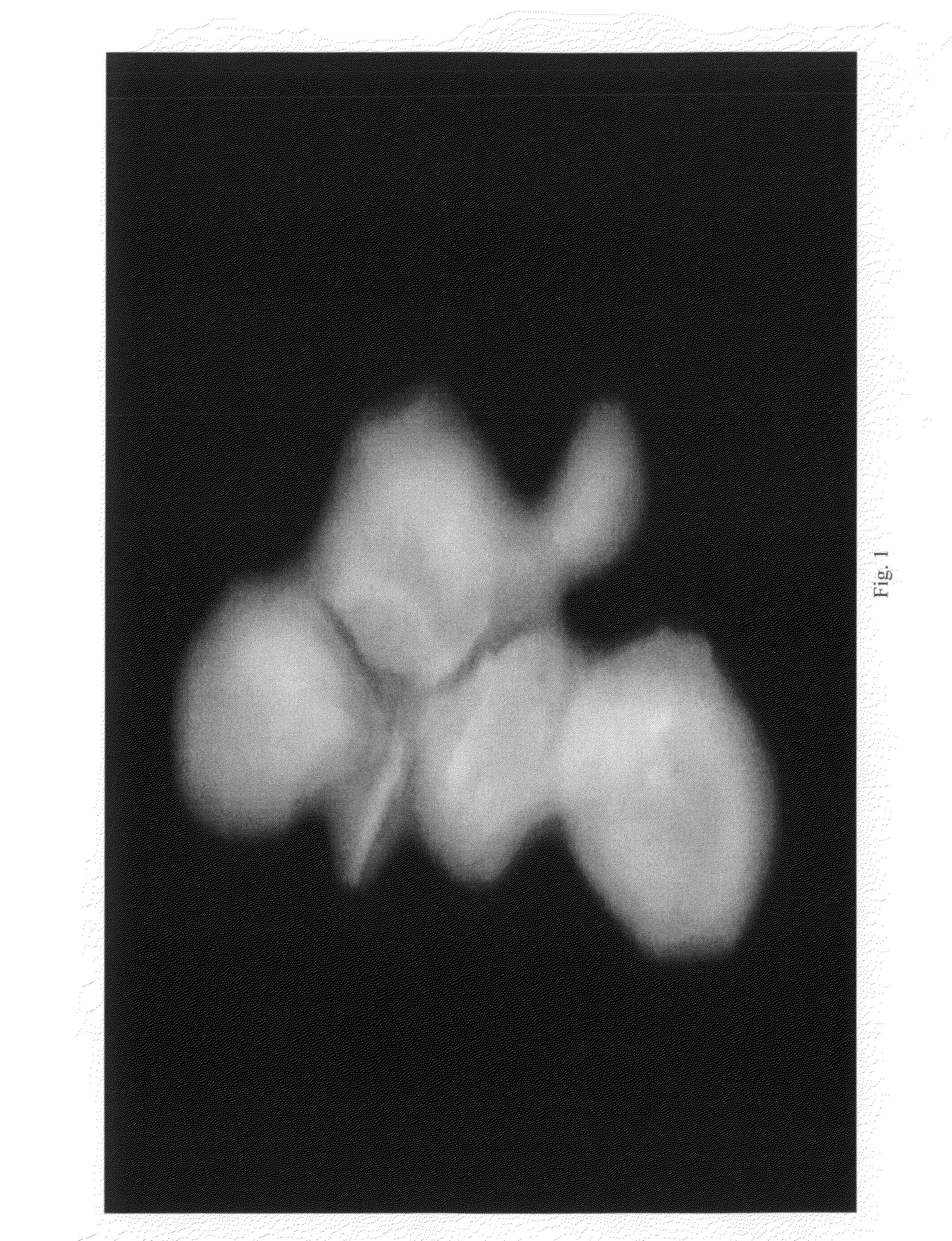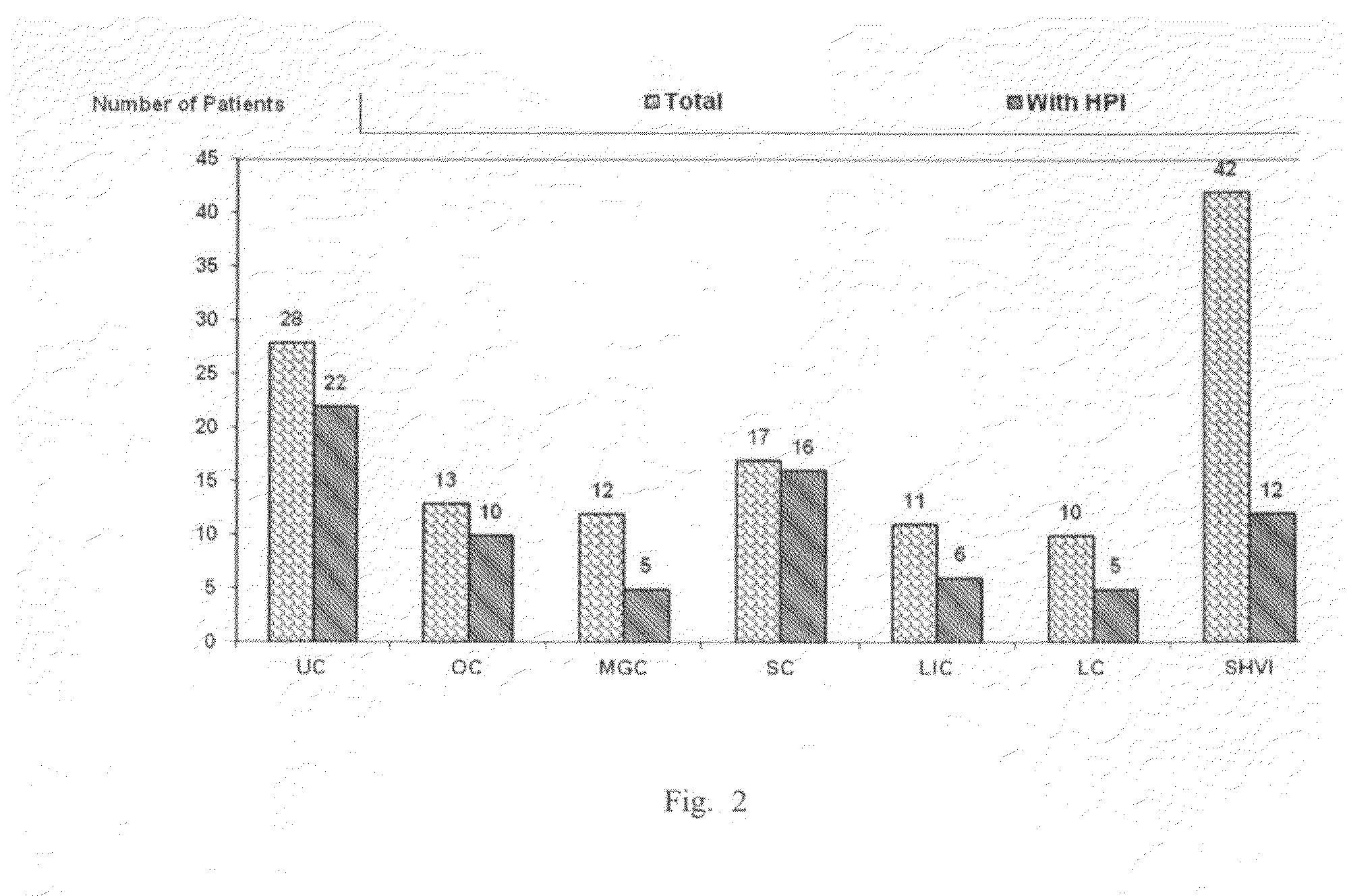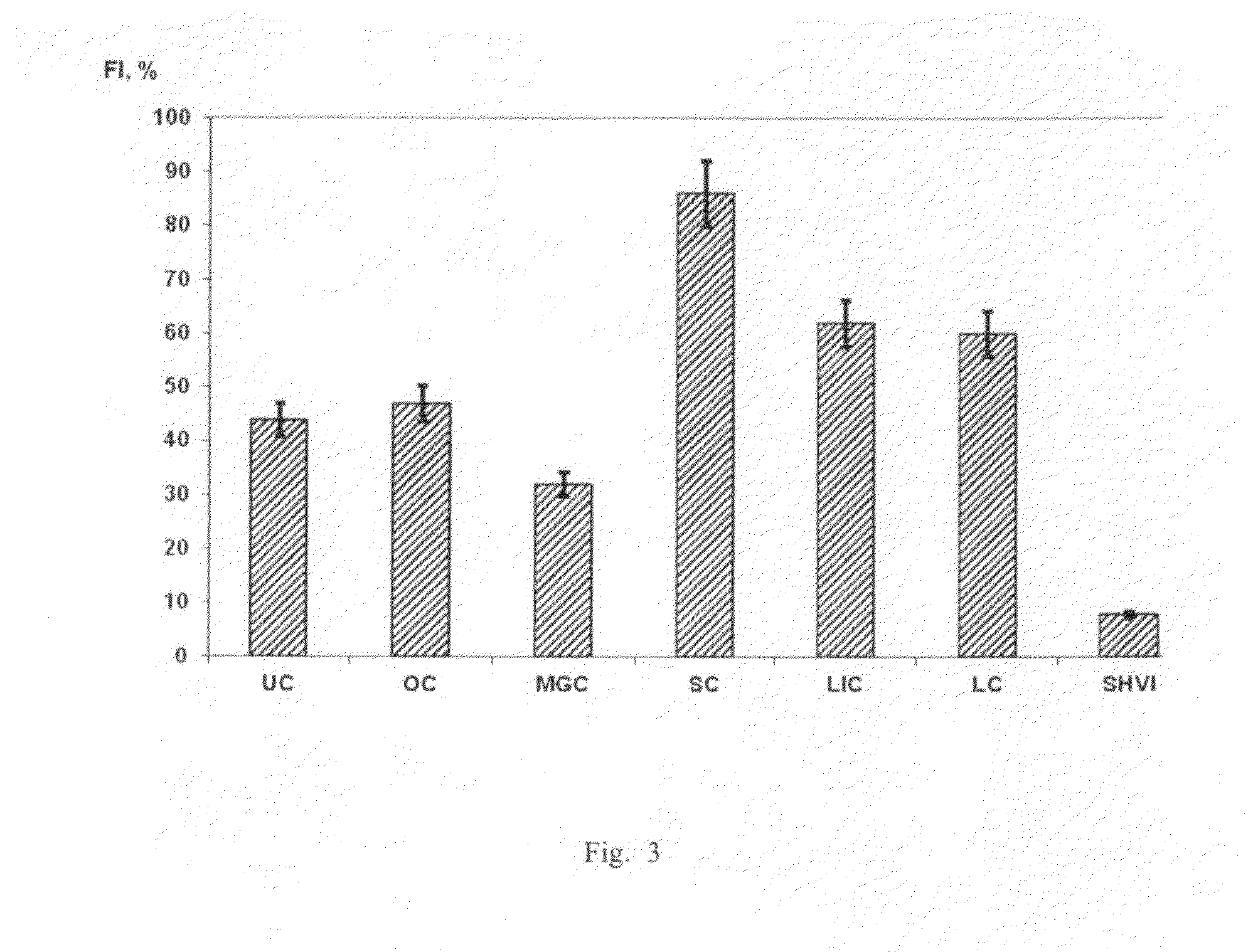Diagnostic method for the prediction of the development and control of the effectiveness of the treatment of oncological illnesses
- Summary
- Abstract
- Description
- Claims
- Application Information
AI Technical Summary
Benefits of technology
Problems solved by technology
Method used
Image
Examples
Embodiment Construction
[0027]As a result of the study, a correlational dependence was established between changes in the immune system of cancer patients (both with and without herpesvirus persistence) and patients with severe herpesvirus infections (both with and without herpesvirus persistence in their immunocytes). The following was planned for the study:
[0028]confirmation of the presence of HSV in various organs and tissues of the cancer patients
[0029]an analysis of the immunograms of patients from four groups: patients with persistent herpesvirus in their immunocytes (cancer patients and control group) and patients without persistent herpesvirus (also cancer patients and control group)
[0030]the establishment of characteristic signs of herpesvirus persistence through immunological test data
[0031]Cancer patients who were being treated in the cancer ward of a hospital were studied. The materials for the study were: biopsy material from the tumors and surrounding tissues, blood serum, and lymphocytes. He...
PUM
 Login to View More
Login to View More Abstract
Description
Claims
Application Information
 Login to View More
Login to View More - R&D
- Intellectual Property
- Life Sciences
- Materials
- Tech Scout
- Unparalleled Data Quality
- Higher Quality Content
- 60% Fewer Hallucinations
Browse by: Latest US Patents, China's latest patents, Technical Efficacy Thesaurus, Application Domain, Technology Topic, Popular Technical Reports.
© 2025 PatSnap. All rights reserved.Legal|Privacy policy|Modern Slavery Act Transparency Statement|Sitemap|About US| Contact US: help@patsnap.com



